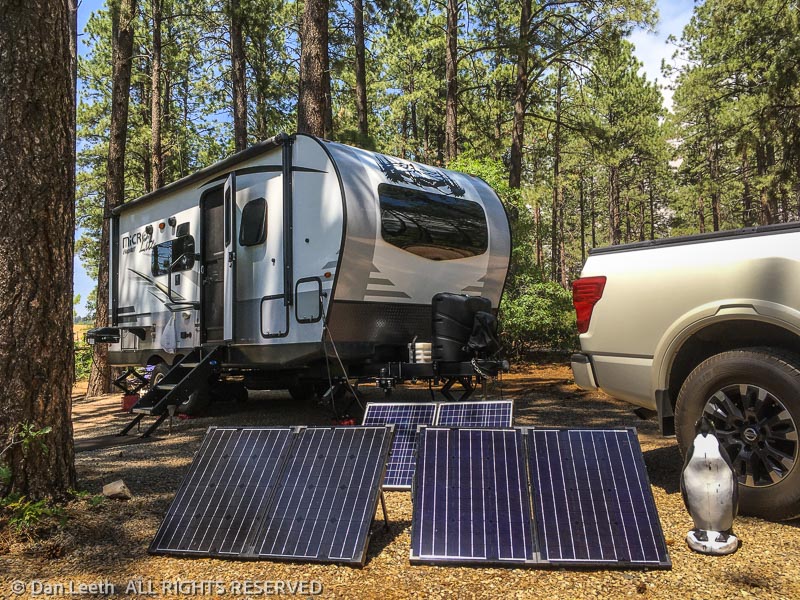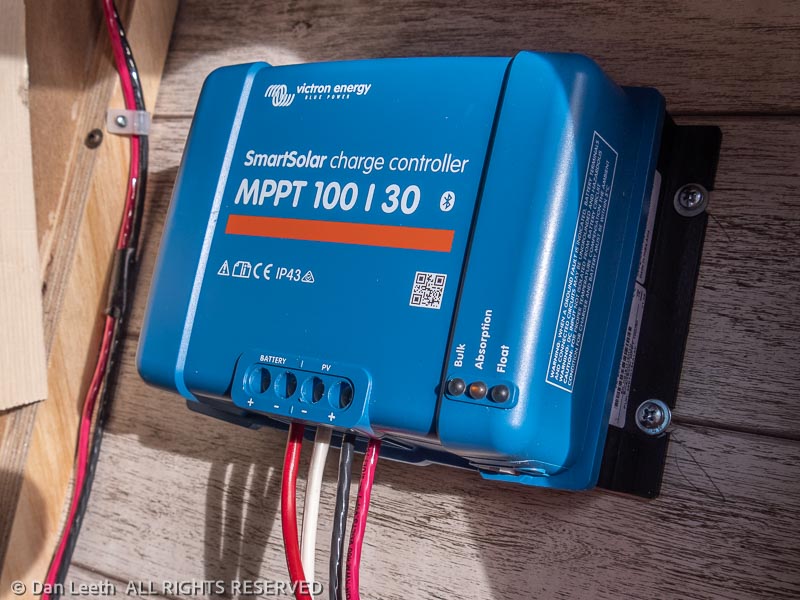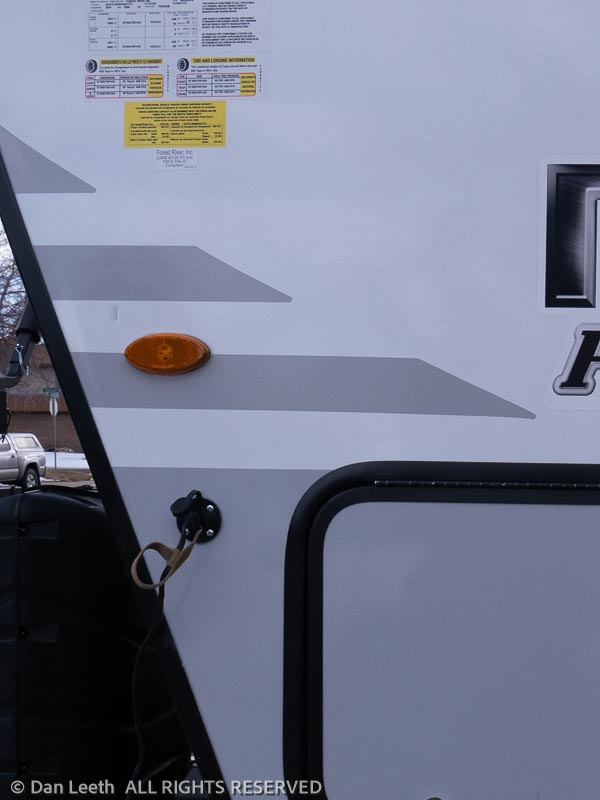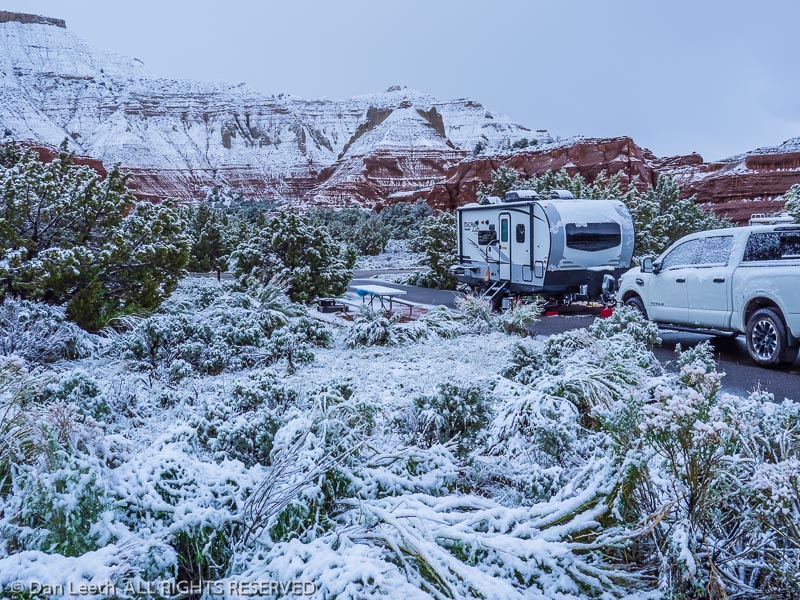My wife and I do a lot of camping without hookups and we loathe generators. For us, a good solar charging system was a must. Here’s how we set up the solar on our 2019 21DS (2104s for you Rockwooders):

Since we already owned a pair of Renogy 100-watt solar suitcase panels without built-in controllers from our previous trailer, I elected to go with a Victron MPPT solar controller mounted inside the trailer. The Bluetooth feedback on this unit allows me to see exactly what my solar panel output is at any given time. That’s something nerds like me really appreciate.

I mounted the controller behind the trim panel inside the front starboard compartment directly below the factory-installed solar plug. A vent-covered opening in the trim panel allows for cooling.
I spliced the wires from the factory plugin, routing the input side through a fuse block and into the controller. Power from the controller flows to the battery through the other side of the spliced factory wires.

The old adage of “you can put that where the sun don’t shine” seems to have influenced the location where Forest River placed the solar input. The one solitary solar plugin on the starboard front of the trailer is fine if the sun comes from that direction. But it often doesn’t. To allow for more solar panel placement options, I installed additional solar plugs on the three remaining corners of the trailer.

The additional plug on the front of the port side was easy. I just popped a hole, mounted the plugin with a rubber gasket and loads of silicone sealant. I routed the wires through the Murphy bed cavity and into the fuse block on the opposite side of the trailer.

Plugins for the back were a bit more complicated. For that, I drilled holes into the aluminum skirting below the trailer walls and screwed the Zamp plugs into watertight junction boxes hidden behind the skirting.

I ran marine-grade 10 AWG wire through flexible conduit bolted to the trailer frame to connect the port plug to its starboard mate. Another run of wire in flexible conduit along the frame and up through the floor connected the rear plugins to the controller fuse block.

It took a good six-beers to complete the project, but the end result is that I can now place solar panels (we now have three) around any corner of the trailer. That’s handy for those of us equipped with wives who like to camp in shady surroundings.








